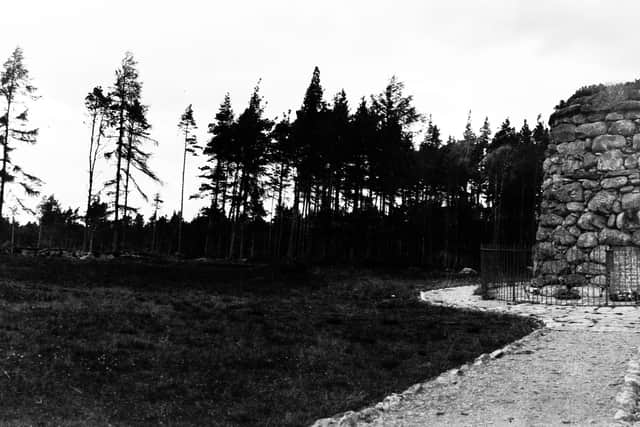The other Prince Charles - how Bonnie Prince Charlie tried, and failed, to claim the British throne
People in this article
and live on Freeview channel 276
With King Charles III now crowned in Scotland after his ceremony in Edinburgh, historians have been discussing the tale of another Charles who sought to take the throne and who had a legitimate claim to the thrones of England, Scotland and Ireland. However, his efforts to retake the throne left him on the run and exiled for the remainder of his life.
Bonnie Prince Charlie, also known as Charles Edward Stuart or the Young Pretender was born on December 31, 1720, in Rome, Italy, as the grandson of King James II of England and Ireland (James VII of Scotland) and,as mentioned, therefore had a legitimate claim to the thrones of England, Scotland, and Ireland.
Advertisement
Hide AdAdvertisement
Hide AdIn 1745, at the age of 24, Charles made a daring and ambitious attempt to reclaim the British crown for the exiled Stuart dynasty. With the support of Scottish clans and other Jacobite supporters, he landed in Scotland and raised an army to challenge the reigning Hanoverian monarch, King George II.
Charles's military campaign, known as the Jacobite Rising of 1745, initially saw several victories, including the Battle of Prestonpans. His army advanced as far as England, gaining support from some English Jacobites along the way, however, the tide turned against him after his decision to retreat from the city of Derby, which prevented him from reaching London and gaining wider support.
The climax of the Jacobite Rising came in April 1746 at the Battle of Culloden near Inverness, Scotland; Charles's forces faced the well-trained and well-equipped British army commanded by the Duke of Cumberland and despite putting up a valiant fight, the Jacobite army suffered a crushing defeat, and Charles was forced to flee.


Following the defeat at Culloden, Charles spent months on the run, evading capture by government forces. He sought shelter and assistance from loyal supporters, often relying on their loyalty and the rugged Highland terrain to stay hidden. Eventually, in September 1746, he managed to escape to France, where he lived in exile for the remainder of his life.
Advertisement
Hide AdAdvertisement
Hide AdWhile Bonnie Prince Charles's campaign ultimately failed to restore the Stuart dynasty to the British throne, he has become a popular figure in Jacobite folklore; his daring and charismatic personality, combined with his quest for royal legitimacy, captured the imagination of many.
Comment Guidelines
National World encourages reader discussion on our stories. User feedback, insights and back-and-forth exchanges add a rich layer of context to reporting. Please review our Community Guidelines before commenting.
